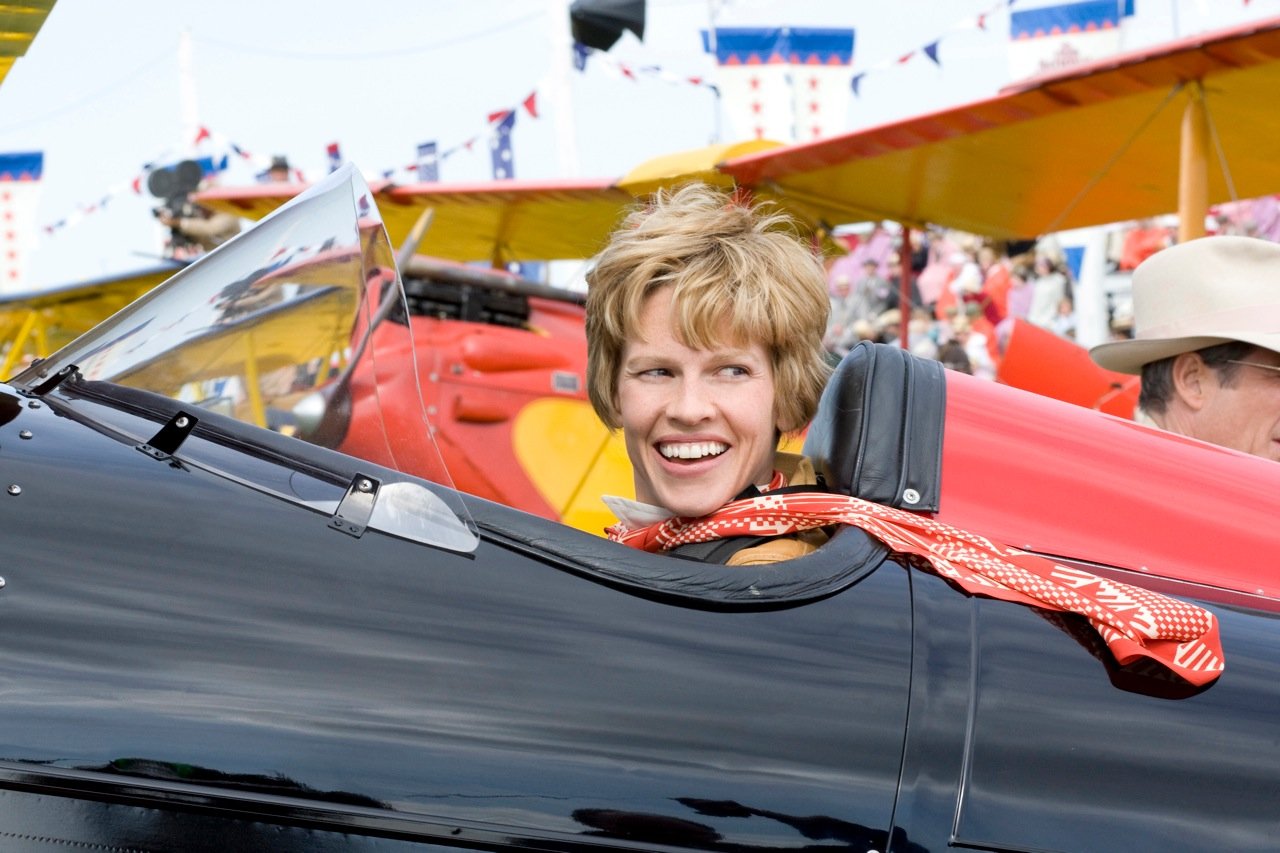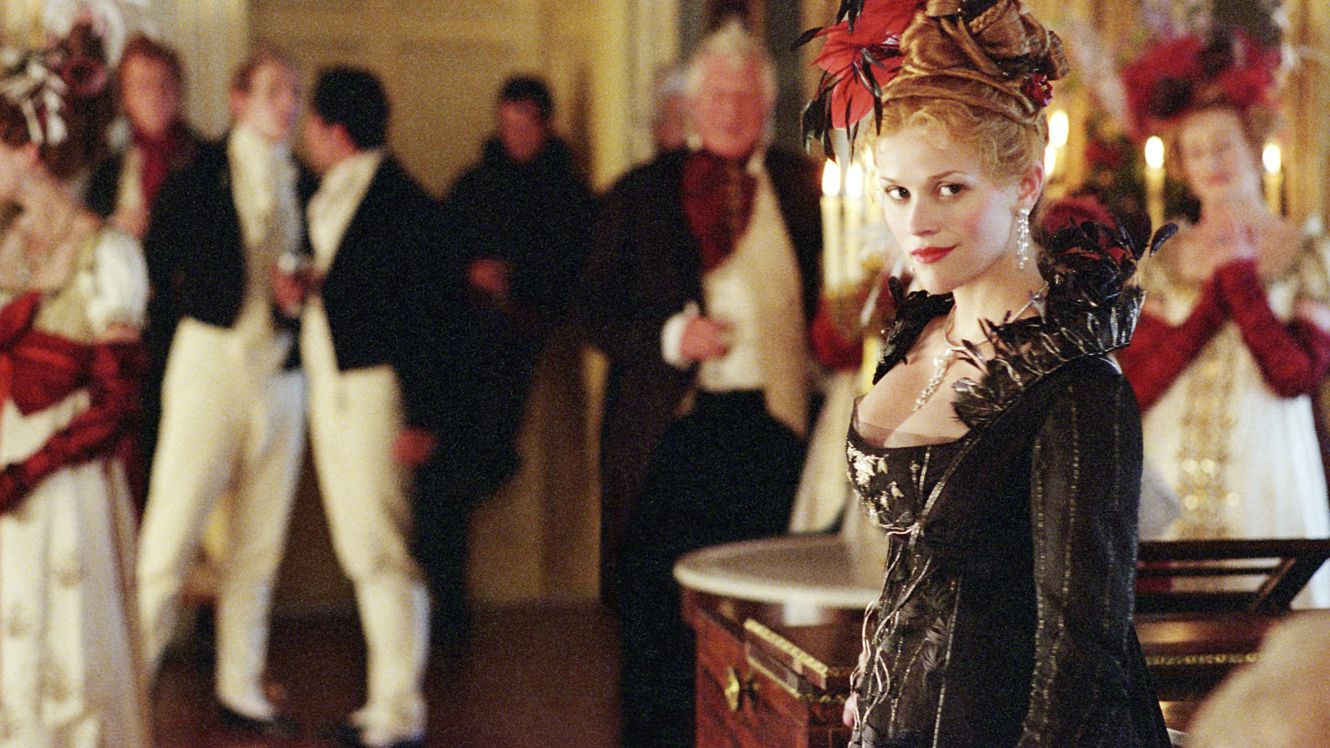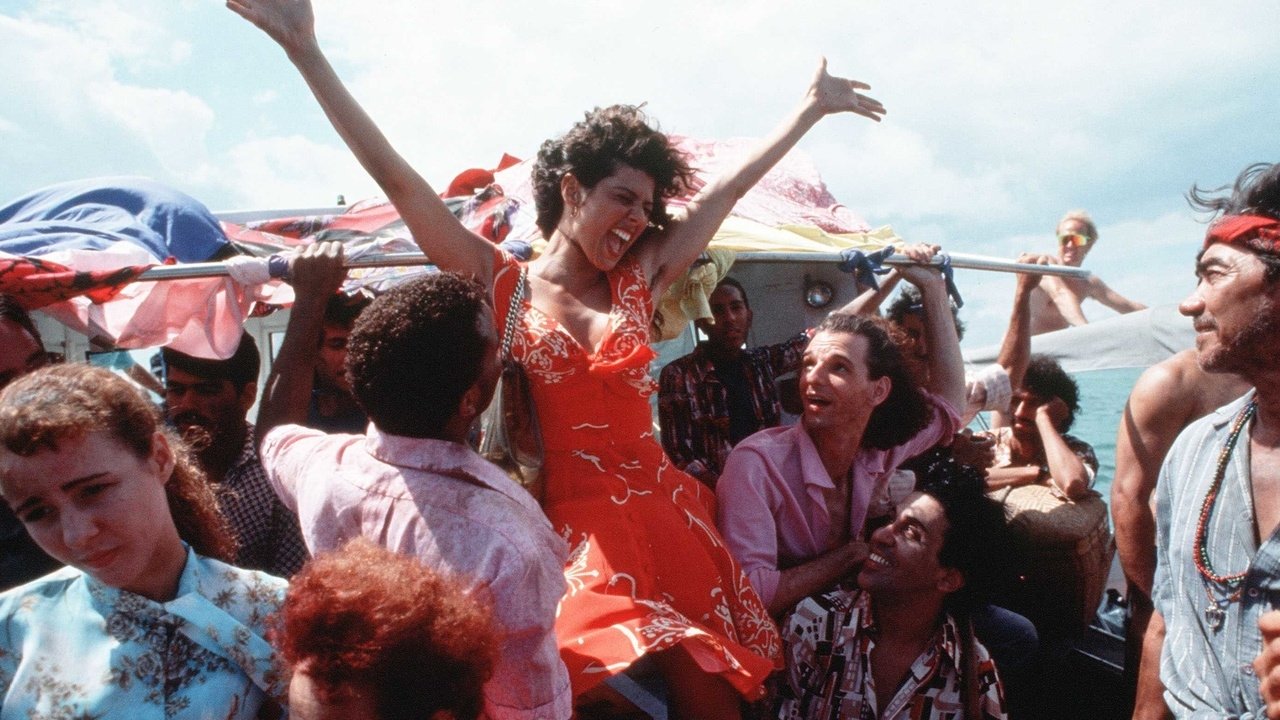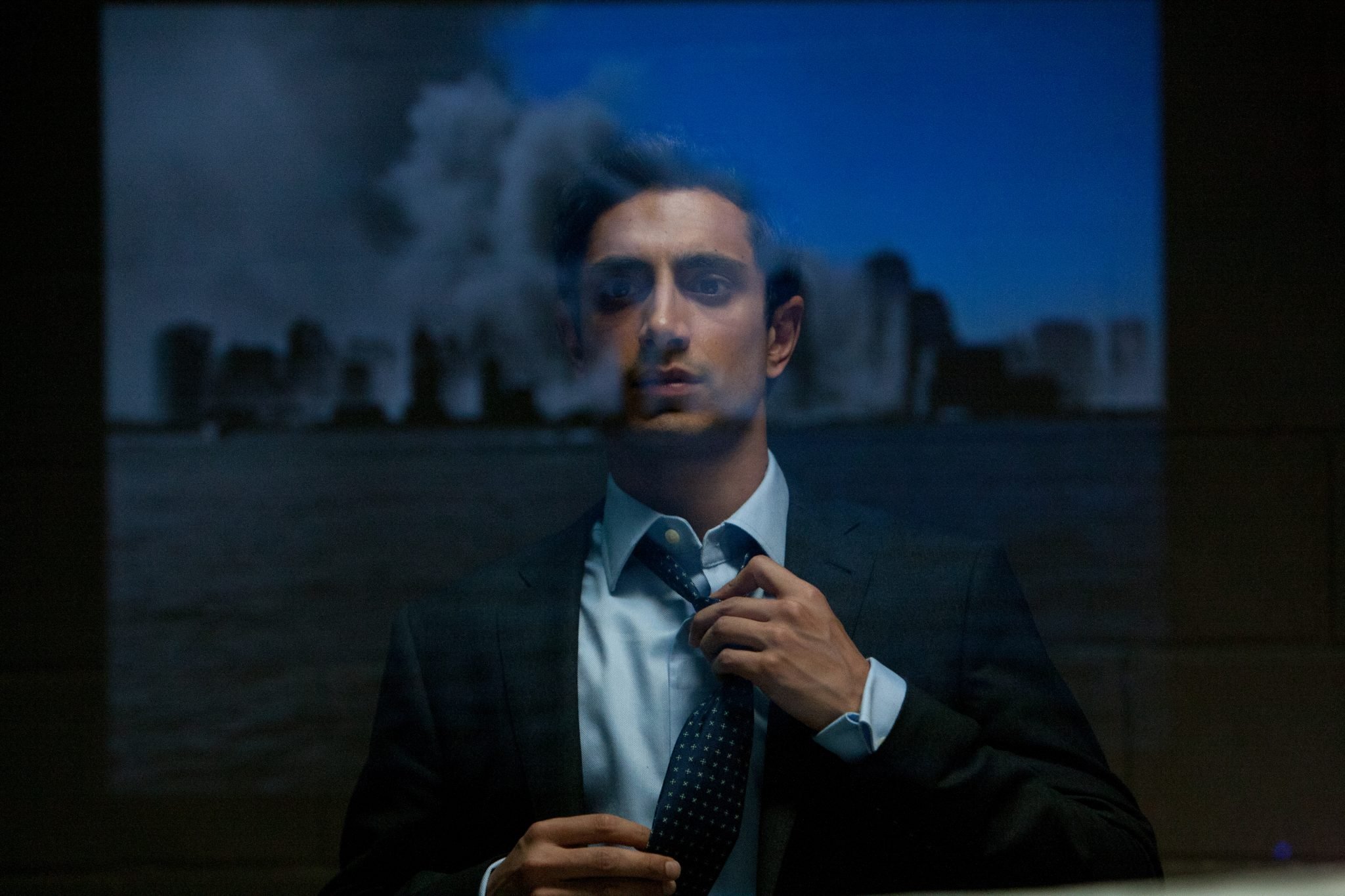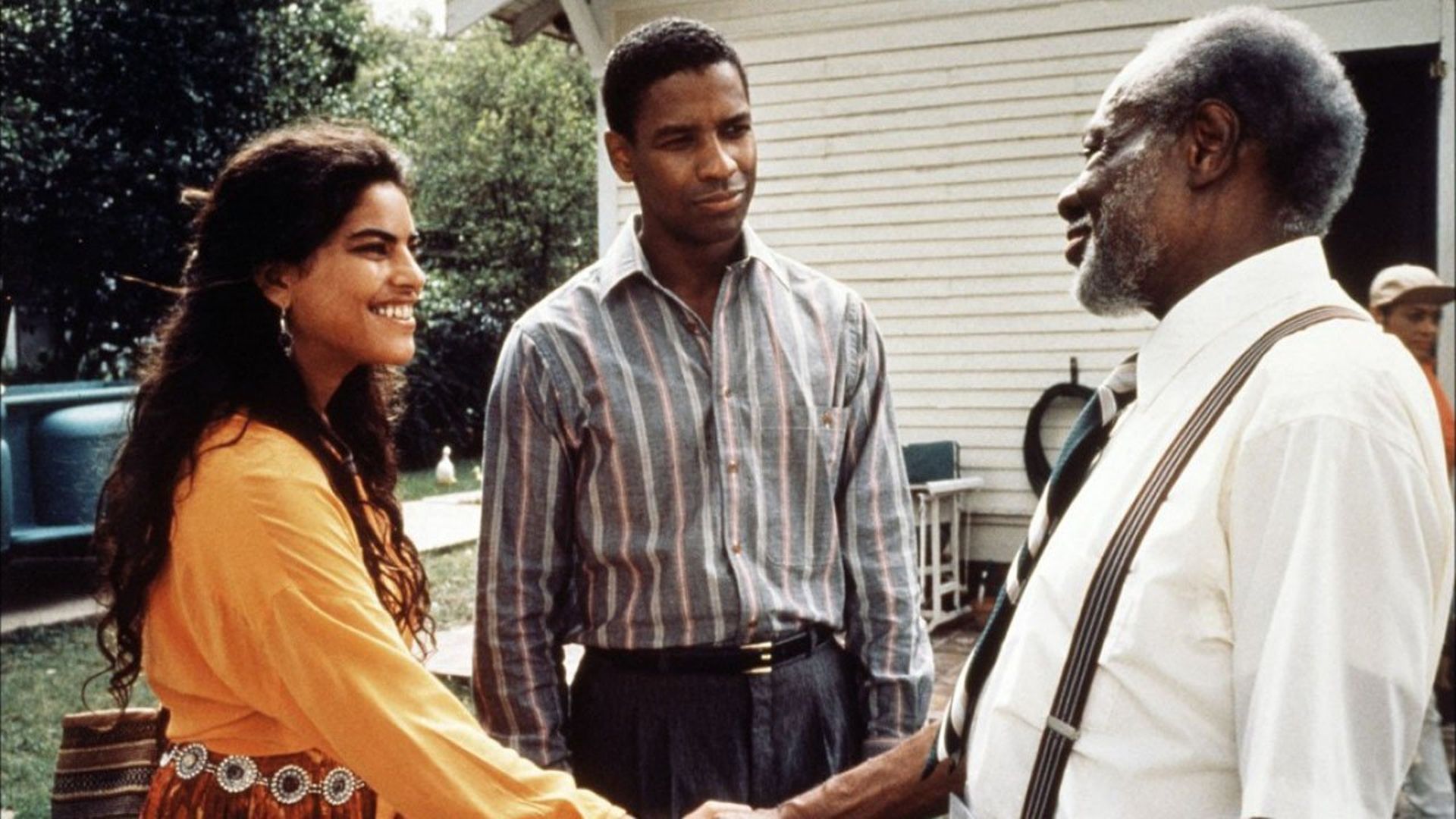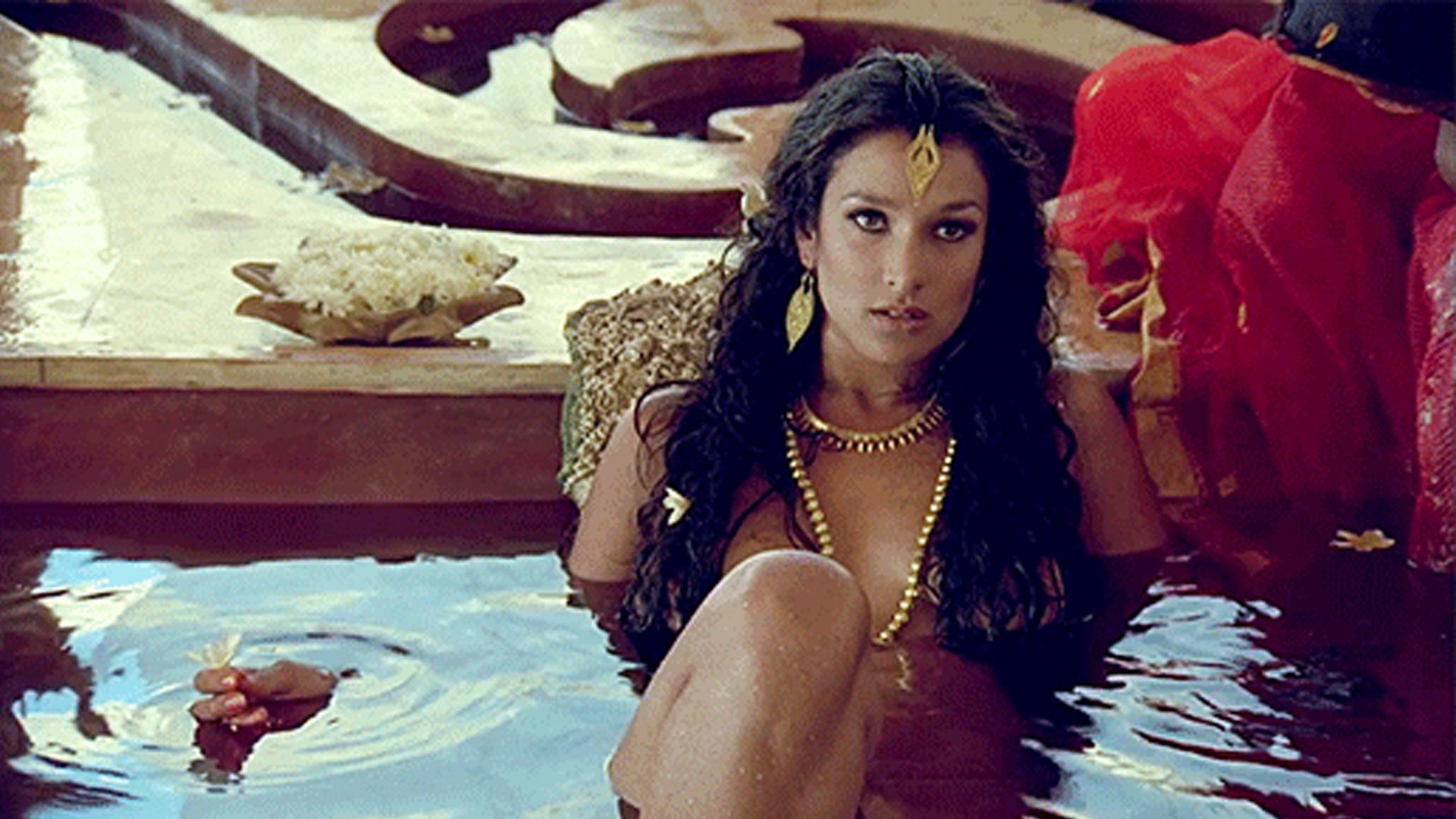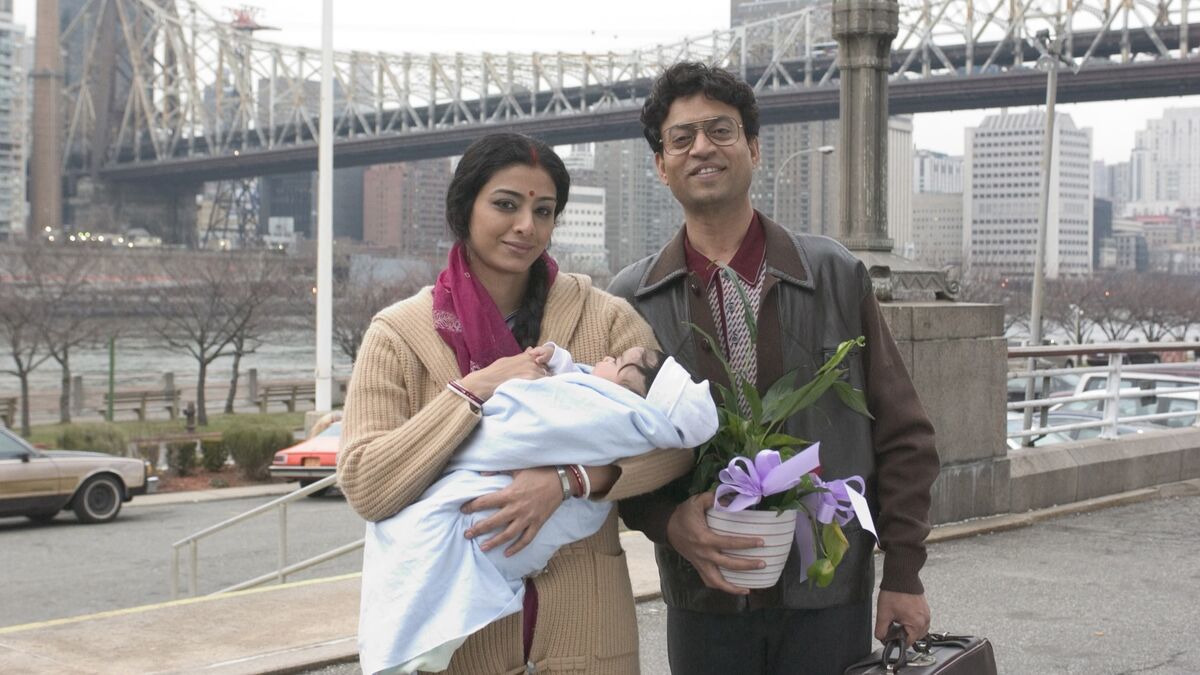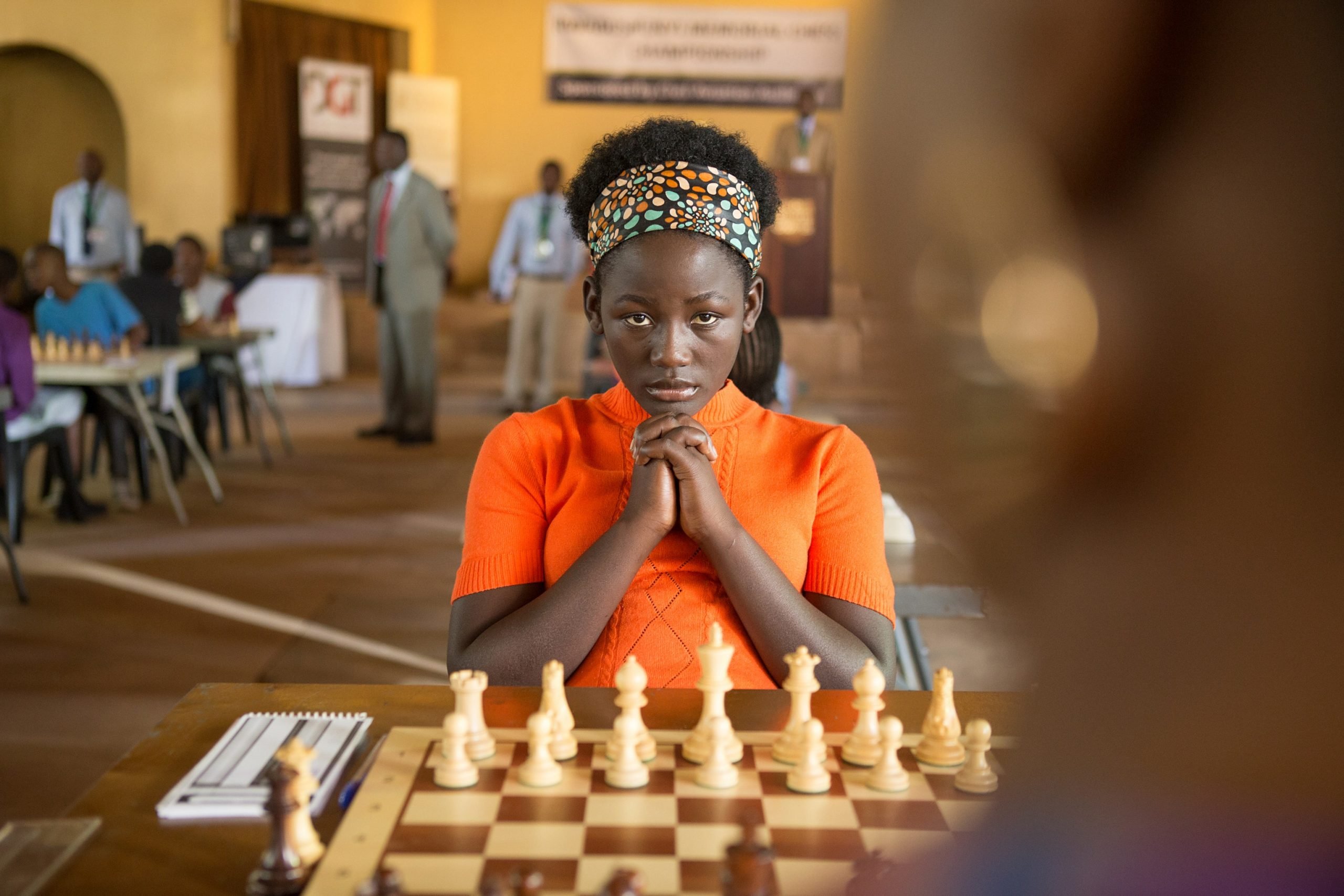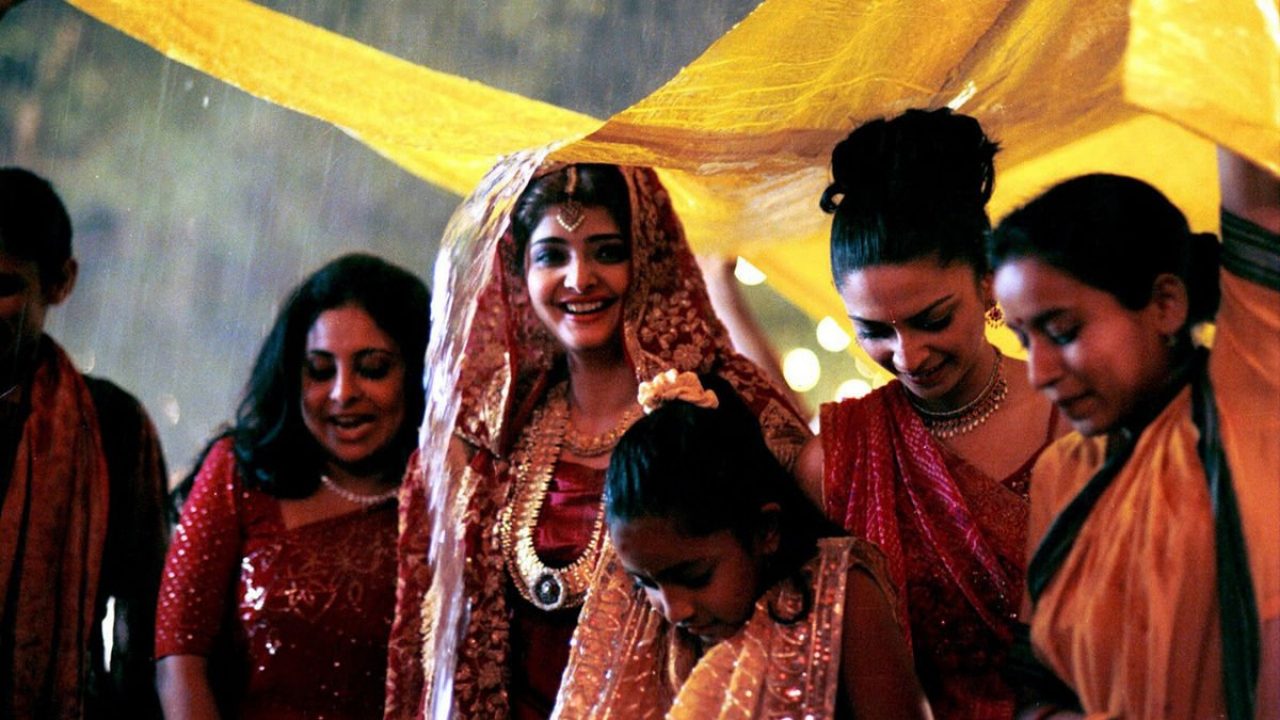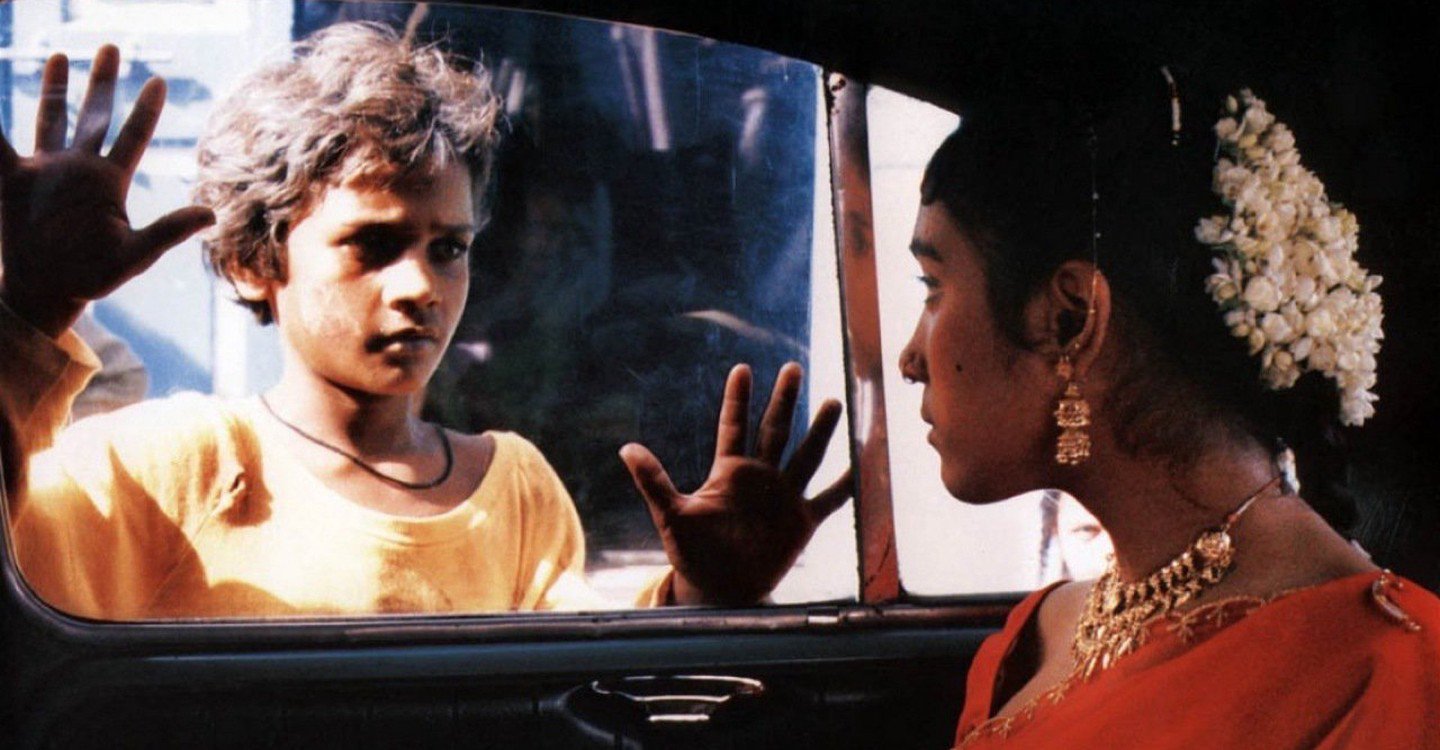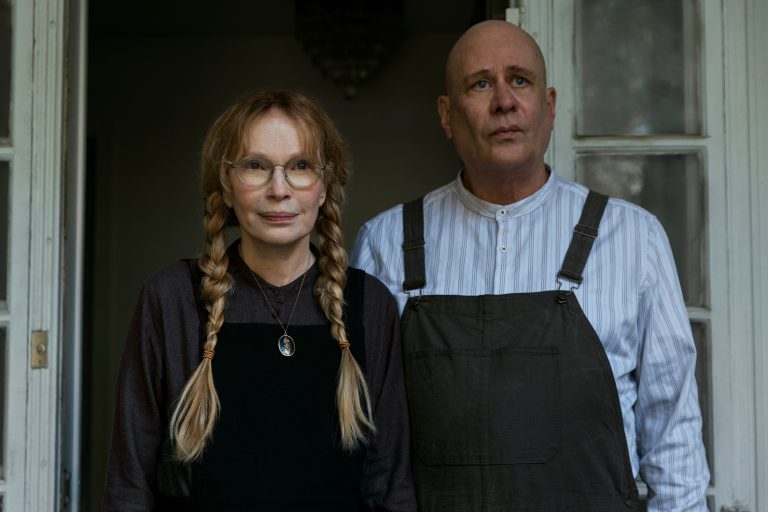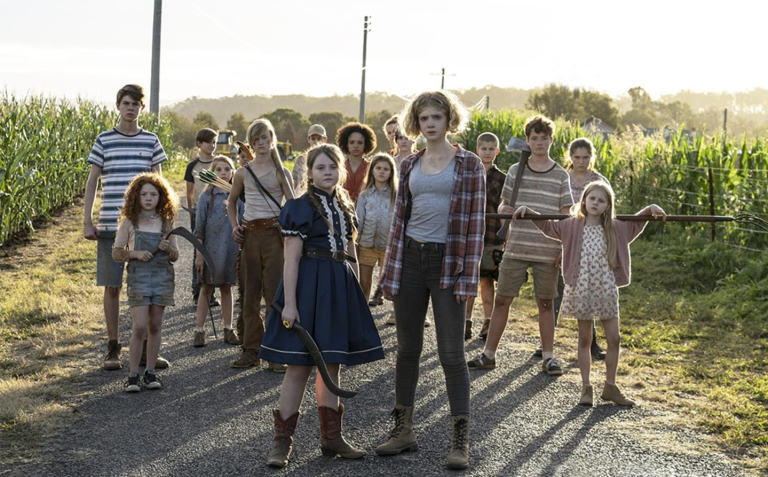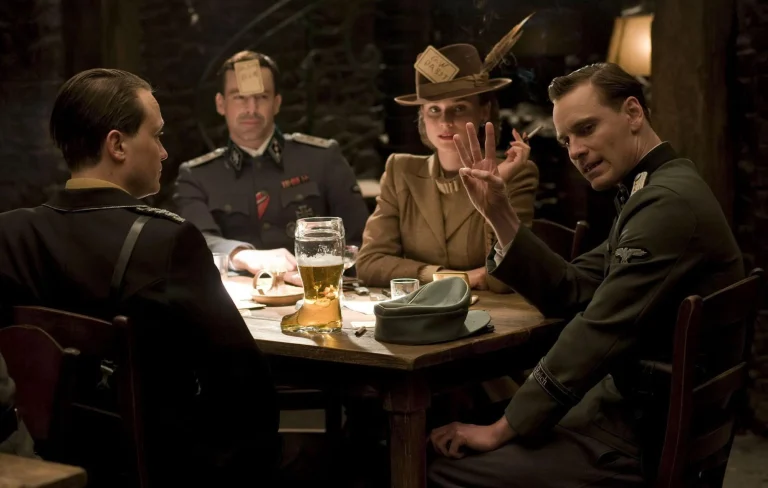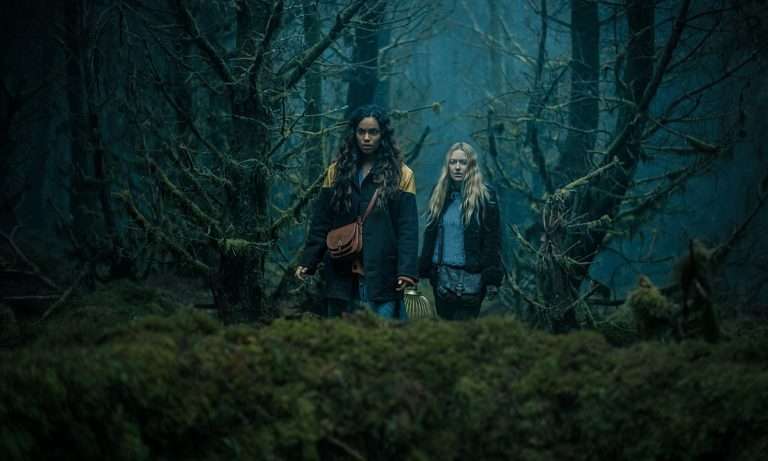Being “flies in the soup1” and not “flies on the wall” is how filmmaker Mira Nair was trained as she studied under Richard Leacock and DA Pennebaker, practitioners of cinema-vérité. “The truths behind the conventionalities of daily life emerge through the very process of filmmaking,” it postulates, “and the camera’s presence should act as a catalyst, encouraging subjects to open up.2”
That was, perhaps, what directly influenced Nair’s first films which were documentaries: ‘Jama Masjid Journal’ (1979), ‘So Far from India’ (1983), ‘India Cabaret’ (1985), and ‘Children of a Desired Sex’ (1987), and continues to inform her work till date. She cannot think without “made-from-scratch” chai, she says, “Chai-making, like cinema, is all about rhythm, patience, and timing”.
It was all of those aspects with Mira Nair, who surrounded herself with culture, whether it was with her sitar lessons as a child at Bhubaneshwar, or acting3 in school and college at Shimla and New Delhi, or studying sociology at Harvard. Her films benefit from this background and training, and experience (she is an Indian-American who has spent some time in Uganda) and eye.
They focus on characters of different cultures, and seek to stimulate that truth that cinema-vérité was all about. The issue is that not everyone likes the truth. Nair’s films have been received warmly and harshly, in India and all over the world. David Thompson, a critic, dismisses her: “…it was hard to say… [her] films were often pretty and intriguing but boring and prettified.4”
Related to Mira Nair: The 20 Best Female Filmmakers of All Time
That was his introduction to the filmmaker, in a biography that cites none of the gems that Nair has made but goes onto make more declarative sentences about the films that could have been worked upon. If not to this extreme, Nair’s work often does get the mixed review from critics and viewers alike. There seems to be a want for more given the benchmark she set for herself.
Mira Nair is also infamous for having turned down a Harry Potter film. So, make no mistake, beyond a shadow of a doubt, she is an international filmmaker. She has made films for television like ‘My Own Country’ (1998) and ‘Hysterical Blindness’ (2002). With ‘A Suitable Boy’ (2020), she has comfortably made a six-episode series, and seems to be venturing into more, or in that direction.
In addition, she has also directed segments of three larger films: the ‘India’ episode in ‘11’09’’01 September 11’ (2002), one of the ten love stories in ‘New York, I Love You’ (2008), and promoting gender equality and women empowerment in a film which centred on the UN millennium development goals called ‘8’ (2008). She has made shorts as well.
“Choosing the frame all starts from actual banal facts,” she told Cinéaste in 2004, “And then it’s about finding the scenes you want and cutting the scenes you don’t want. How to let the story unfold and not have anyone disappear.” Karin Luisa Badt, who contributed to that piece, opens with the best of Nair’s bytes: I want every shot to brim with life. Her contribution to moving images has done nothing but. This list considers her ten feature films.
10. Amelia (2009)
What is literally moving through the opening credits of ‘Amelia’ is an aircraft, with Hilary Swank in the pilot’s seat. What is stirring just before that is Richard Gere and her posing for pictures in front of the vessel. Their enormous smiles tell us that this is a major event, and their costumes that it is a period film. 1937, to be precise, and as the score starts getting tense, the plane disappears. Nair shows us the ocean and the clouds. The story is then told in flashback.
This biography, with Swank playing the Amelia Earhart, steers to her romance with George Putnam (Richard Gere) and Gene Vidal (Ewan McGregor) as much as it tries to keep its focus on Earhart’s passion for flying. She was the first woman to fly across the Atlantic, but she was on the passenger seat. However, she swaps seats soon enough, writes a book, and becomes famous. The film itself is based on two books.
It is not a bad film, but what is missing, relatively, is Nair’s signature and instruction. Despite being based on facts, the truth seems to be scripted into tidiness by Ronald Bass and Anna Hamilton Phelan. Even the protagonist’s flaws are presented so matter-of-factly that it is difficult to believe if she were troubled by anything at all. Nair and Earhart, however, perhaps, do have one thing in common: they both love to fly.
9. Vanity Fair (2004)
Nair likes to adapt. Six of her ten films are based on books. ‘Vanity Fair’ is William Thackeray’s 1848 book, and she has adapted three more novels. If Thackeray’s text is a satire of British society of its time, and his antiheroine Becky Sharp someone who possesses those skills; Nair’s film steps back from politics, and her changes to the Becky and Reese Witherspoon’s very modern gifts leave the character rather toothless.
Her character is more rounded in the book. She meets Amelia (Romola Garai) at school. It is the first decade of 1800s. Amelia wants Becky to get married to her brother but that does not work out for more reasons than one. Marrying rich is the plan, basically, and quite a few prospects line up and try their chance with this version of Becky who is playful. She does utter Thackeray’s lines: Revenge may be wicked, but it’s perfectly natural.
Some, though, are not his but the writers’, one of who is Julian Fellowes, who had written ‘Gosford Park’ (2001) and would go on to make the television series ‘Downton Abbey’ (2010-15) – British mansion dramas if there were any. Along with Matthew Faulk and Mark Street, he comes up with an original to describe Becky, “I had thought her a mere social climber. I see now she’s a mountaineer.” Choosing your collaborators is key in film, Mira Nair knows.
8. The Perez Family (1995)
With the exception of ‘Amelia’ and ‘Vanity Fair,’ I very much like all of Nair’s films, collaborators, and cultures. I could have placed the next six films in any order, and the first two in any order, they are equally good. Going by the order of this list, Nair still seems to be struggling with her collaborators when it comes to casting, though. Both Alfred Molina and Marisa Tomei, who are in this film, deliver but they are not Cuban.
No one is saying that non-Cuban, or even non-Hispanic, actors cannot play Cuban roles. That rhetoric is an old one. In not casting them, an opportunity is missed is all that is being said. And opportunities are everything, especially for people who do not have them. Coming to the plot, Molina plays Juan and Tomei is Dorita. They are on a boat to the US. Juan, we learn, has not met his wife, Carmela (Anjelica Huston) for 20 years.
“Are you sure your wife is waiting for you? Because I have a solution. Oye! If your wife does not come, you and I can pretend to be married. Perez e Perez. Just for the rich sponsor. When we free, I help you to find your wife,” says Dorita. With these lines, the film is set to go. Based on Christine Bell’s 1990 novel, and Robin Swicord’s script, Mira Nair explores immigration being the “fly in the soup” she was taught to be as the film proceeds.
7. The Reluctant Fundamentalist (2012)
All aside, and that qawwali from Coke Studio Pakistan first! Fareed Ayaz and Abu Muhammad set the mood in ‘The Reluctant Fundamentalist’ with this track so well that nothing else should matter but a lot does. Both the 2007 book by Mohsin Hamid, which is narrated by a man in a café, and the film, which, of course, could not limit itself to that structure were panned for being inept at handling its large themes.
Changez Khan (Riz Ahmed) is othered after the 9/11 attacks in visuals that have now become commonplace and Nair not only records them but handles them truthfully. In addition, he is suspected of kidnapping an American professor at Lahore University. Liev Schreiber arranges to question him. Kate Hudson is his girlfriend. Om Puri and Shabana Azmi are his parents. Nair’s casting of South Asians in this film pays off and how!
Related to Mira Nair: The Reincarnation of Indian Cinema
A shot of Azmi dancing, Puri reciting, or Ahmed in all of his frames – fresh off indies like ‘Four Lions’ (2010) – is such delight that Nair leaves it to them to do her job. Nair, for her part, does her best to set the film up as a thriller naturally while taking on task of adapting Hamid’s monologue of a book. The reluctance, however, is with accepting that Islamophobia is real, and not in any spiel by Hamid or Nair.
6. Mississippi Masala (1991)
The cast of ‘Mississippi Masala’ is equally good, if not better, with Denzel Washington and Sarita Choudhury playing the leads. We are in Kampala, 1972, under the dictator Idi Amin’s regime who is ridding Uganda of Asians. Jay (Roshan Seth), Kinnu (Sharmila Tagore), and their young daughter Mina flee from Kampala and end up in Greenwood. Cut to 1990, and Mina (Choudhury with an American accent) is buying litres of milk and buttermilk.
As she is driving home from a supermarket, she hits a van, which, in turn, clashes a truck. Although there is an altercation between Demeritus (Washington), the man who has the van, and the truck driver and the police get involved, he does not say a word to Meena. Too hard to believe, this; but it does give Mina an excuse to get his details. They later meet and dance at the ‘Leopard Lounge,’ and he drives her back home in the van she broke.
What happens next is predictable – they strike up a romance, but in Nair’s hands, a chance to explore the complexities of race relationships between India and Uganda, and their presence in the US. Each identity others the other, and the result is an obvious contemporary mixed-race ‘Romeo and Juliet,’ bursting with themes to explore, some of which Jigna Desai covers in an entire chapter called ‘Diaspora and Postcoloniality’ in her book.
It was Demeritus, however, that left me quiet with his quiet presence. I do not intend to say he was supposed to perform some version of masculinity that showed some aggressive behaviour reacting to his situation. Perhaps, it is a privilege for this Black man who fixes things for other people to show rage, or it is just his personality; but the calmness with which he goes about the world can leave you frustrated or inspired. And that was my only quibble.
5. Kama Sutra: A Tale of Love (1996)
From masala to kama, anyone interested in finding out more about sexual positions one can try out during intercourse as described in ‘Kamasutra’ by Vatsyayana may be disappointed with Nair’s film. Yet there is a teacher, Rasa Devi, played by Rekha, who teaches the art of seduction and the book. The title of that book has almost become a symbol for adventurous sex in Western popular culture today, at least in media.
Mira Nair wrote and told her tale of erotic love back in 1996 and set it in the sixteenth century. Tara (Choudhury, more gathered and brilliant this time around) and Maya (Indira Verma) are princess and servant, respectively; women who are deemed fit to marry according to the society. Raj (Naveen Andrews) is the prince who is marrying Tara but sleeps with Maya before his wedding night; men deemed fit to act according to their will by the society.
Related to Mira Nair: Feminism and its Eternal Affair with Film-making
Tara and Raj have an unhappy marriage, but Nair’s film has already dared to go where many films have not. She shot her sex scenes in Rajasthan discreetly, and she later lets Maya teach Tara how to go about things. That last part does sound like a recipe for disaster, which Sangeeta Datta catches in her essay saying that the film “exoticises and essentialises female sexuality in India, more as a consumer product… submitting to the neo-colonial demands of the [western] market.5”
I can argue that if one were to consider the demands of the Indian market, it is difficult to find an audience at all. Although there is a fair amount of critique in the first part, portraying female desire on screen, in itself, is an achievement. 20 years after this film was made, the censor board in India tried to ban a film for being too ‘lady-oriented.’ When such are today’s times, Nair’s ‘Tale of Love’ was not only daring but biting for any global viewer.
4. The Namesake (2006)
Enter Tabu and Irrfan Khan – truly Indian and international stars – the latter more popular while the former a critical darling (and all for good reason). Datta’s complaints would have surely faded with this film which is at once Indian and Western, staying true to its source material. Jhumpa Lahiri’s 2003 novel moved between Calcutta and New York cultures, and explored three generations of characters and their behaviour.
Before Ashima (Tabu) meets Ashoke (Khan) for the first time, she leaves her shoes at the doorstep and is ready to fit into the new ones she is about to wear. They get married in India and come to the US, give birth to a son, Gogol, and daughter, Sonia, soon after. Before she knows it, Ashima, if not much, does have some expectations from the women her son sees. If Lahiri went about it all episodically, Mira Nair lets the scenes play out despite having ground to cover.
Related to Mira Nair: 15 Best Irrfan Khan Performances
Sooni Taraporevala is the screenwriter, who also wrote ‘Mississippi Masala,’ and the two make this film somehow personal by giving enough room to Ashima and Ashoke. Khan and Tabu have a gravitational pull in their performances, right from the get-go, and while the generation before theirs does not have enough to say but set the landscape, the one after has a lot, including a frustration with the name “Gogol.”
Madhurima Chakraborty makes a distinction between Lahiri and Nair’s texts by arguing that the latter’s is more generally Indian in terms of “rootedness,” but the former’s is “specific East-coast-dwelling, middle-to-upper-class, Hindu, Indian Bengalis.6” She makes a thorough case, and while I agree with her, I also think Nair’s film is made tenderly, trying its best to look at the immigrant experience of second-generation Indians with the runtime it has.
3. Queen of Katwe (2016)
It is now Oscar winner Lupita Nyong’o’s turn although it is actually Madina Nalwanga’s. Nyong’o and David Oyelowo play supporting characters here and Nalwanga playing a chess prodigy shine in this Disney film. She is called Phiona Mutesi, based on a true story, a child who neither knows to read nor goes to school. Nyong’o plays her mother, Nakku Harriet, and Oyelowo her community coach, Robert Katende. They live in Katwe, Uganda.
On the one hand, this film is going to be an uplifting one knowing the production house it’s coming from, and on the other, it is not reducing Uganda to the story of suffering and impoverishment. Although those elements exist in the film, they are side-tracked to make room for Nalwanga’s smiles, checkmates, and ambitions of becoming a grandmaster in Moscow and how there seems to be nothing stopping her.
Playing a single mother of four, widowed, and showing sheer resilience and strength, Nyong’o does for Nair every bit of natural, nuanced, and truthful performances that the filmmaker is keen on filling her scenes with. “I am her mother, and she should do as I say. She believes your game will solve every problem of her life,” Nyong’o is seen telling Oyelowo citing the story she believed as a girl of a village where there was no fighting.
Nair’s subjects, Harriet and Katende, do open up and share their stories in this film as well, which, perhaps, happen in the 2012 book by Tim Crothers, on which it is based. The wee bit of criticism this film got was that there was no sense of suspense or urgency. All that this needs is Phiona playing a game of chess and saying “Checkmate!” with a timer on, and wait till the end credits for a surprise for, at least some surprise.
2. Monsoon Wedding (2001)
Ranking the top two spots was a difficult task because they are both so good that it simply wrongs the other to put one above it. The end result might not please many as ‘Monsoon Wedding,’ covering a continent of themes, is one of the finest films of all time. Furthermore, it lacks the invite to easy criticism that, perhaps, the film sitting in the top does. It invites you to a wedding instead which on the face of it has things going well.
Written by Sabrina Dhawan, Nair and she root the characters appropriately here i.e. in their upper-middle class Delhi homes. I do not quite know if they are upper-middle class or upper class. Some wedding in India do bite off more than they can chew, and this does not look like one of them. It has a host of characters, all well-rounded; and a range of themes, all well dealt-with. Declan Quinn, who has shot some of Nair’s other works, is the cameraperson.
Aditi (Vasundhara Das) and Hermant (Parvin Dabas) are the couple to be wed. It is an arranged married. Pimmi (Lillette Dubey) and Lalit (Naseeruddin Shah) are the bride-to-be’s parents. Ria (Shefali Shah) and Ayesha (Neha Dubey) are cousins of hers, Varun (Ishan Nair) her brother, and Tej (Rajat Kapoor) an uncle. There is, of course, a maid, Alice (Tillotama Shome) and an electrician, Dubey (Vijay Raaz) There’s always a Rahul (Randeep Hooda)!
Related to Mira Nair: The 10 Best Hindi Movies of the Decade (2000s)
What a pleasure it is to see Lillette dance in this one like Azmi does in ‘The Reluctant Fundamentalist,’ or to see Shome’s debut as a maid while she plays a similar character to a prize-winning role in a recent film. And there’s Shah trying to make his little son more of a man. You might have to go to the theatre now to see Shah or Dubey or Kapoor perform or direct something so fundamentally human.
I list all of them, for each of them perform their role brilliantly; and their subplots are intertwined by the writer in such a manner that the film manages to keep the events leading to the day of the wedding going as it attends to each of them carefully. To top that, the film opens with sounds of female sexual pleasure revealed to be performed at a recording studio by its lead character, Aditi, working for a local website.
There is affair, abuse, and sexism, but also song, dance, and romance. Two of the top leading American if not global publications, The New Yorker and The New York Times did not discern the film upon its release. They used the classic format of a review which perhaps even I do, dissecting the film from Das’s mourns in the recording studio and then not being able to catch up with it all. Too bad; for, ‘Monsoon Wedding’ is a classic and class-apart Nair!
1. Salaam Bombay! (1988)
One of my favourite scenes in ‘Salam Bombay!’ is when Chaipau (Shafiq Syed) and other children from the streets are in the cinema watching ‘Mr India,’ particularly, Sridevi dancing to “Hawa Hawai.” Although Chaipau seems indifferent with his feet on the seat in front of him, the child next to him is seated, but singing and dancing along, until the man sitting at the back whacks him. The child sitting next to him protests saying all the children in there have paid, too, and sings along louder in camaraderie with the child who got hit.
The film opens with Chaipau, then not yet named so unfortunately, getting whacked on his head and being sent on an errand by a man leading a circus only to return to a deserted land. That a man would go to such lengths to not pay a boy is subject to doubt; how many people did he send out and on how many errands? He tries to find his way back to his village and mum, but ends up on the streets with another group of children doing little chores like selling tea, and hence acquiring the name.
The city Chaipau arrives at is Bombay and the street he is in sells drugs, women, and even young girls. There’s Irrfan Khan who helps him write a letter to his mum instead and charges him by the word. But, more importantly, there is Nana Patekar as Baba, the drug dealer; his wife, Rekha, a prostitute, played by Anita Kanwar; an addict named Chillum played by Raghuvir Yadav; and a young girl named Sola Saal (another unfortunate name) performed by Chanda Sharma. These are the faces that our lead sees on a daily basis; and this, his new home.
Related to Mira Nair: Hindi Cinema and Realism: 7 Films That Changed Hidebound Hindi Films
The critique of playing to a western audience applies and so does that of the film being poverty porn; both arguably. Apart from earning an Oscar nomination, pairing it with the Oscar-winning ‘Slumdog Millionaire’ might not do well for Indian viewers or reality because it offers an easy story of India to the west – the one that they are familiar with and are all too ready to lap up. However, it is also a story of India and one that Nair had been documenting for years before the feature released.
As far as the truth and reality are concerned, not to mention her training and experience, those “conventionalities of daily life” emerged for these performers through the very presence of Sandi Sissel’s camera. It does not help to play blind when it comes to the harshness of it all as the privileged in India get to sit and see their stories being told in different and newer platforms of entertainment. ‘Kaaka Muttai,’ for instance, tells the story of two children from a slum not being allowed into a pizza shop.
For whom are these films being made begs a different question altogether. ‘Monsoon Wedding’ won the Golden Lion at Venice, and ‘Salaam Bombay!’ won the Camera d’Or at Cannes. Playing at arthouse film festivals, they definitely do not have the reach that ‘Mr India’ had, but representation matters, and of all kinds. Before taking her film to Cannes, Nair did not have money for a hotel, she stayed with a kind woman and apparently gave her phone number for any publicity if the film made it big. The film ran for nearly two hours, the phone rang all night, and I do not think Nair had any time to make chai from scratch the next morning.
Text references


